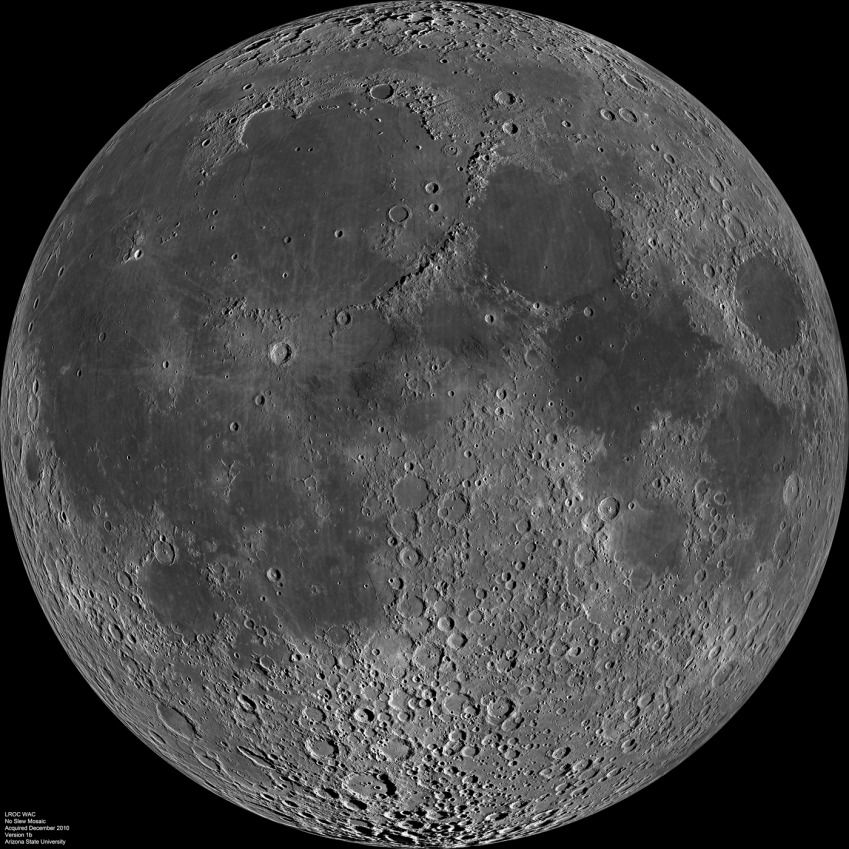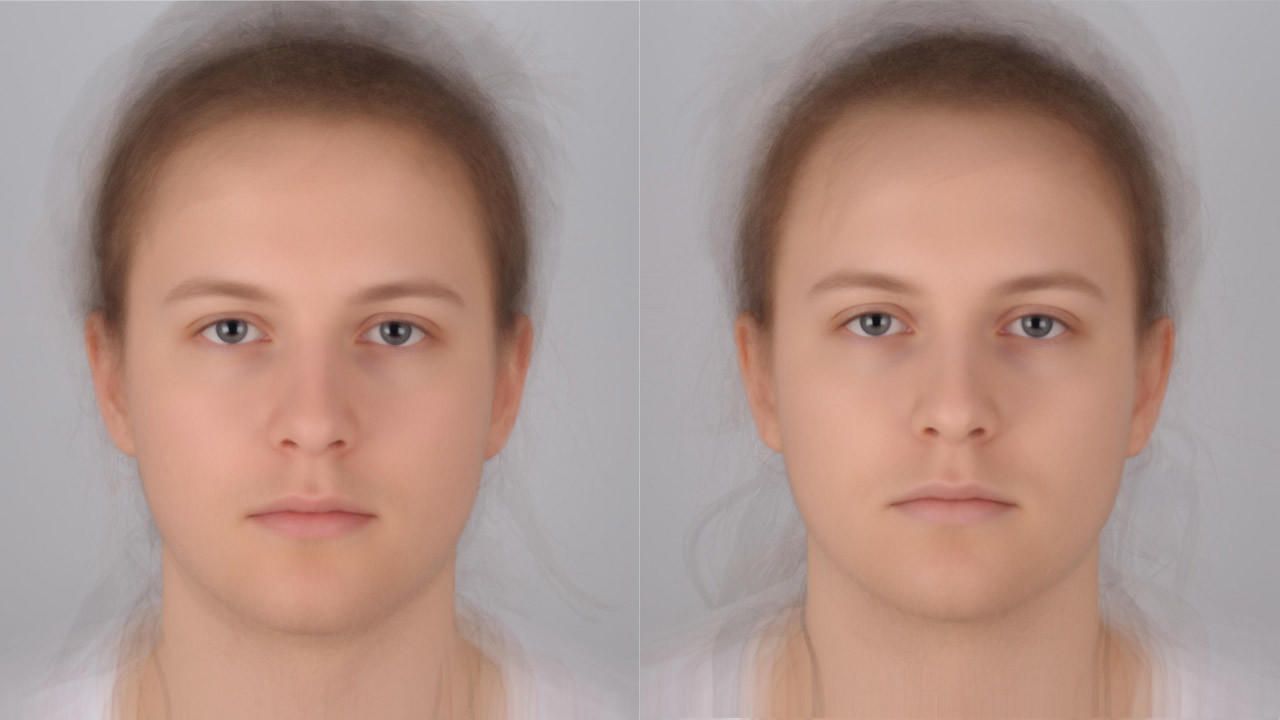AR glasses will be the new smartphone very soon.



Call it whatever you like—a blue red moon, a purple moon, a blood moon—but the moon will be a special sight on Jan. 31.
Three separate celestial events will occur simultaneously that night, resulting in what some are calling a super blue blood moon eclipse. The astronomical rarity hasn’t happened for more than 150 years.
A super moon, like the one visible on New Year’s Day, is the term for when a full moon is closest to the Earth in its orbit, appearing bigger and brighter than normal.



We’re used to dealing with three physical dimensions and one extra dimension of time as we move through the Universe, but two teams of scientists have shown that a fourth spatial dimension could reach beyond the limits of up and down, left and right, and forwards and backwards.
As you might expect given this is bending the laws of physics, the experiments involved are partly theoretical and very complex, and touch on our old friend quantum mechanics.
By placing together two specially designed 2D setups, two separate teams of researchers — one in Europe and one in the US — were able to catch a glimpse of this fourth spatial dimension through what’s known as the quantum Hall effect, a certain way of restricting and measuring electrons.

They say you can’t judge a book by its cover, but humans can judge whether another person is sick by looking at a photo for just a few seconds.
That may not sound remarkable — until you consider that the sick people in the photos were in the very early stages of illnesses. They were participants in a scientific experiment and had agreed to be infected with a bacterium that would cause an inflammatory response. Their portraits were taken just two hours after infection.

This modified engine was demonstrated to drive over 100 miles on a single gallon of gas. Why hasn’t this technology been further developed? Explore more forbidden science: http://ow.ly/BSI430hyNGN

All animals need to breathe oxygen and we know that regions of the ocean that are losing oxygen are becoming more and more common. We’re seeing the marine animals leaving those areas.
Almost two dozen marine scientists from around the world have issued a warning about an often-overlooked side effect of climate change and pollution.
In a paper published this week in Science, they say oxygen is disappearing from increasingly large areas of ocean and threatening marine life.
The research, sponsored by an international body affiliated with UNESCO, finds the problem has been growing since the 1950s. Over the last 50 years, the amount of affected ocean has expanded by 4.5 million square kilometres to 32 million square kilometres of coastal and deep-sea water.

Screeech. You’ve landed. Time to relax those butt cheeks.
It was only this morning you booked this flight, and now you’re on the other side of the planet. Amazing. You’re nervous but excited to visit Australia for the first time. One week to explore the city and five weeks on a new design project. When that project match showed up in your feed you claimed it in two seconds. You’ve already earned 24,000 $design in the peerism economy.
Ping. “Need a room?”.

Today, we are going to take a look at a new study in which scientists at the Walter and Eliza Hall Institute of Medical Research have recently identified a type of cell that appears to be implied in thymic involution—the shrinking of the thymus[1].
Thymic involution is somewhat of a mystery in biology, a phenomenon that isn’t fully understood that happens to everyone with age and is a driving cause of immunosenescence, the age-related decline in our immune systems’ ability to fight disease. This new study helps to shed light on why it happens.